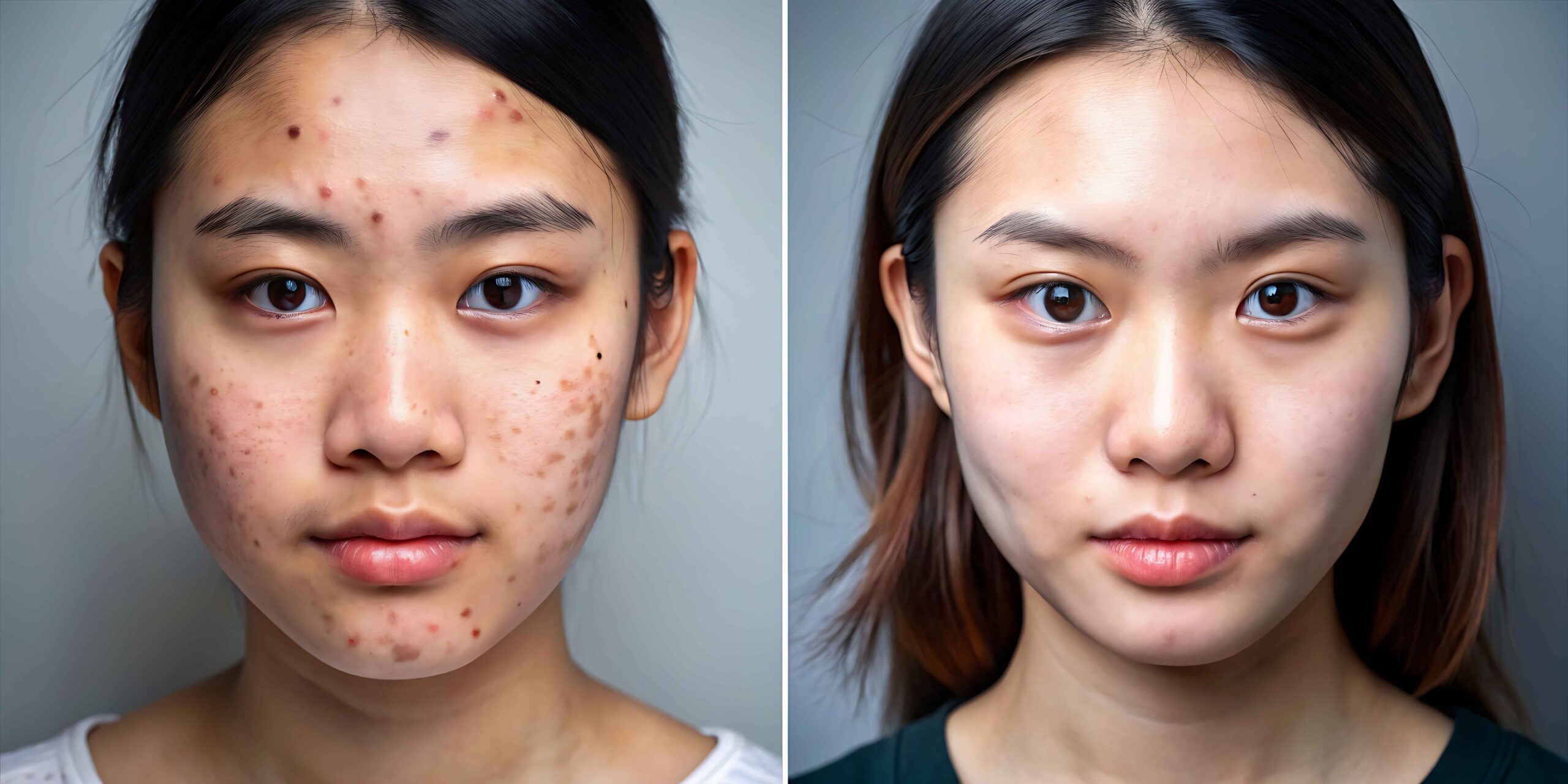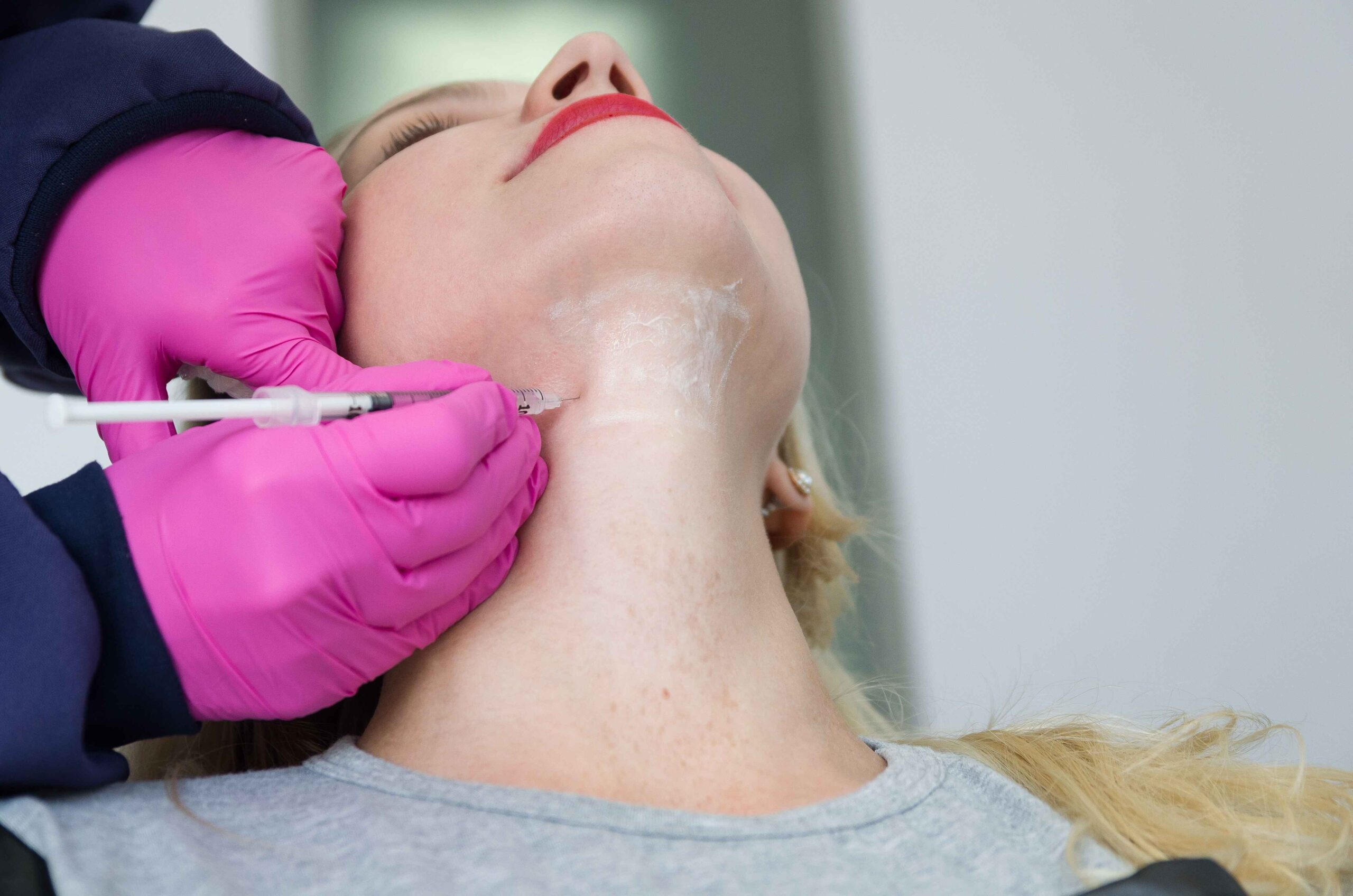All genders experience hair loss and thinning hair. It is a common issue for millions of men and women alike. After the age of 50, hair loss occurs more frequently.
There appear to be hundreds of various hair loss treatments, each with differing degrees of efficacy and reliability. However, some have a far more sound scientific foundation than others.
Platelet-rich plasma (PRP) is one of these treatments. PRP is extracted from your blood and injected into your scalp and is said to aid in healing bodily tissues, including the follicles from which your hair grows. It is created by separating the material from your blood using a centrifuge-like device, which can also boost the concentration of specific proteins that aid healing.
How does PRP treatment help with your hair loss? Let’s find out!
What is Platelet-Rich Plasma (PRP)?
Your hair significantly influences your physical appearance. Your thick and long hair may even be the source of your confidence. But what happens if you begin to lose your hair? Hair that is receding is relatively inevitable, especially as we become older.
Learning about the function of platelet-rich plasma (PRP) in healing is crucial to comprehend how it functions.
Colorless blood components called platelets create clots to halt and stop bleeding. They are composed of stem cells from bone marrow. They also mature into white blood cells (WBC) with platelets and red blood cells (RBC).
Your body’s first response, whenever you get wounds, is platelets. Thanks to the platelets in your blood, your blood clots help control and stop bleeding. According to recent medical research, IV-delivered concentrated platelets successfully heal wounds.
Damage to hair follicles can cause some types of hair loss. It is possible to grow hair by reversing the process. PRP can improve the outcomes of other treatments provided at The Skin Clinic by promoting new hair development.
How is the PRP treatment prepared?
There are three steps to PRP treatment. Three treatments, spaced 4-6 weeks apart, are typical for PRP therapy. Every 4-6 months, maintenance treatments are necessary.
First Step: Blood is extracted from your arm and placed in a centrifuge (a machine that spins rapidly to separate fluids of different densities).
Second Step: Your blood will have divided into three layers after 10 minutes in the centrifuge:
- platelet-poor plasma
- platelet-rich plasma
- red blood cells
Third Step: A syringe is used to pull up the platelet-rich plasma and inject it into the scalp’s balding spots.
The scalp around the follicles is healed by the plasma injected during the process. Growth factors, which the body naturally produces and uses to aid healing and regeneration, are abundant in plasma.
According to research, PRP injections for hair loss can:
- Increased hair growth
- prevent hair loss and thinning
- Non-surgical, simple, safe, and efficient
- minimal time for healing
- Both men and women can benefit from it.
What are Safety Measures to be Taken Before PRP Therapy?
Here are some reminders if you are considering PRP treatment for your hair loss:
- There is no downtime because it is an office-based treatment. The next day, you can return to your regular activities.
- Your doctor or provider could instruct you to abstain from using blood thinners and steroids for a few days.
- For a few days, refrain from touching or scratching your scalp.
- The next day, you should wash your hair (after 24 hours, preferably).
- For a few days, limit your exposure to the sun.
- After the treatment, refrain from putting harsh chemicals on your scalp for at least 3 to 4 days.
- For two to five days following the procedure, refrain from exercising and engaging in high-intensity physical activity.
How long does the PRP treatment last?
PRP is not a treatment for conditions that result in hair loss. To sustain hair growth outcomes, a person would require several PRP treatments. The same holds for medications frequently prescribed by doctors to treat androgenetic alopecia.
Depending on a person’s condition and the outcomes of their initial treatment, it is suggested that you undergo multiple schedules for PRP treatments. Once hair loss is under control, the doctor may advise getting maintenance injections every three to six months.
Are there any side effects after getting PRP treatment for hair loss?
You are not at risk for contracting an infectious disease because PRP treatment involves injecting your blood into your scalp.
PRP treatment has no significant adverse effects, which is one of the factors driving its rise in popularity as a hair loss therapy. When the injections are administered, patients may experience minimal discomfort, a tight sensation in the scalp, and redness; however, these side effects disappear quickly.
However, on some rare occasions, you may experience adverse effects with therapy involving injections, such as:
- damage to the nerves or blood vessels
- infection
- the injection sites becoming calcified
- Scar tissue
Additionally, there’s a danger that you can respond poorly to the anesthesia used in the therapy. Inform your doctor about your anesthetic tolerance if you try PRP treatment for hair loss.
Is PRP treatment effective for hair loss?
Most PRP research for hair loss has been on using it to treat androgenetic alopecia (AGA). This disorder, often known as hormone-related baldness, can affect both men and women.
Hair loss in AGA males often starts at the top and front of the head. Women experience thinning on the top and crown of the head, which frequently starts with the middle hair part being broader. According to the research, PRP may function most well when paired with other AGA therapies, such as topical minoxidil (Rogaine) or the anti-androgenic medication finasteride (Propecia).
The effectiveness of PRP for other types of hair loss, such as stress-related hair loss, alopecia areata (autoimmune-related non-scarring hair loss), or forms of scarring hair loss, cannot be determined based on the available data for now.
More study is required to determine the optimal procedure for collecting and administering PRP. Furthermore, further knowledge is needed to fully comprehend how PRP promotes hair regrowth and its potential utility for treating less prevalent forms of hair loss.
Take Away
PRP treatment has demonstrated a favorable impact when used in conjunction with medications. Still, outcomes may vary from person to person based on various variables, including genetics. Until now, PRP treatment has been the top choice for treating hair loss. PRP therapy is a straightforward, affordable, and practical approach to treating hair loss.
Do you want to learn more about PRP treatment? Contact us today, and we’ll let you know if this treatment is for you!






